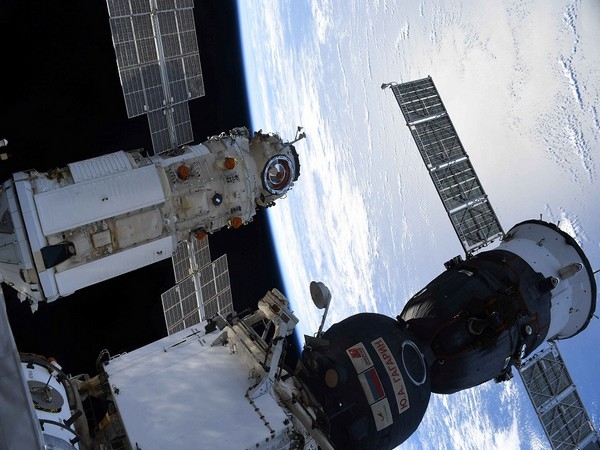Indian Army conducts satellite communication exercise to check preparedness
Top sources in the Defence establishment have confirmed that a pan-Indian Army satellite communication exercise, SKYLIGHT was conducted from in last week of July 2022.
Total Views |
New Delhi, August 08: To ensure operational readiness of hi-tech satellite systems and personnel manning, the Indian Army conducted a satellite communication exercise in the last week of July 2022.
Top sources in the Defence establishment have confirmed that a pan-Indian Army satellite communication exercise, SKYLIGHT was conducted from in last week of July 2022.

The objective of the exercise was to ensure operational readiness of hi-tech satellite systems and personnel manning these. In this exercise, 100 percent of all satellite communication assets in the Indian Army were activated and various technical and operational scenarios in the space domain were played up. Various agencies responsible for space and ground segments, as also ISRO participated in the exercise.
As on date, the Indian Army is utilising the services of a number of ISRO satellites, on which over hundreds of communication terminals of various types are connected. These include static terminals, transportable vehicle-mounted terminals, man-portable and small form factor man-pack terminals.
Also, the Indian Army-owned Satellite GSAT-7B has been accorded approval by the Defence Acquisition Council in March this year. This satellite has been designed as the first of its kind indigenous multiband satellite with advanced security features. It will support tactical communication requirements for not only troops deployed on the ground, but also for remotely piloted aircraft, air defence weapons and other mission-critical and fire support platforms.
As complex aerospace technology has begun impacting military operations and communications in particular, it is imperative that technical competence in this field is built and refined within the armed forces.
Indian Army has thus been laying emphasis on training its personnel on all aspects of satellite communication. Detailed studies of cyber and electromagnetic effects during the Ukraine war were carried out by the Indian Army. The study established the efficacy of reliable satellite communication like the one afforded by ‘Starlink’.
.
.

